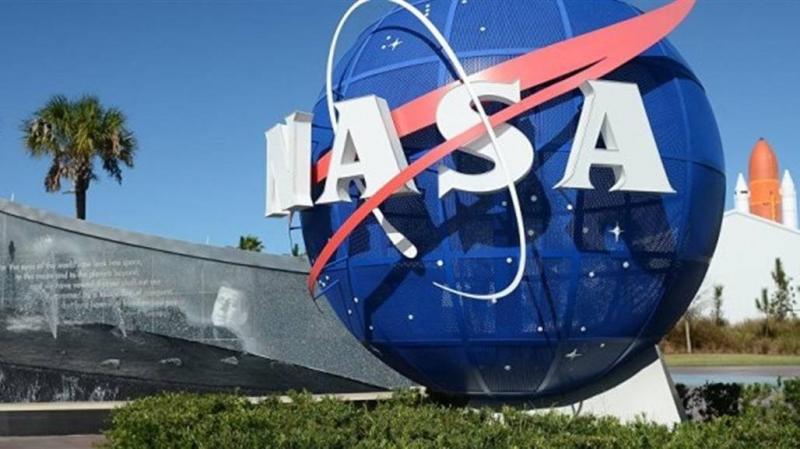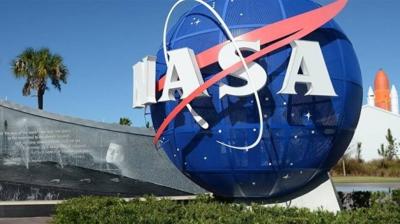The press service of the American space agency NASA reported that "astronomers obtained the first detailed radar images of the asteroid '2006 HV5', which came close to Earth at a record distance in the last 100 years at the end of April." The report noted that "these radar images helped scientists refine the diameter of this celestial body and determine its shape." It explained that "the images were captured using the powerful GSSR radar installed at NASA's Deep Space Network (DSN) communications site in California, and these images assisted scientists in refining the dimensions of the asteroid that had previously been measured using infrared photographs. They also revealed many details of the asteroid's terrain."
It was found that the diameter of the asteroid is 300 meters, consistent with previous measurements obtained from infrared telescopes (approximately 307 meters). At the same time, researchers discovered that "2006 HV5" is flattened at its poles and is covered with numerous elevations, pits, and pebble-strewn terrain types. This information about the size and shape of the asteroid will help astronomers make better estimates of the threat that asteroid "2006 HV5" could pose to Earth in the coming decades and centuries. According to NASA experts, the likelihood of it impacting Earth remains extremely low.
It is worth noting that 2006 HV5 is relatively one of the larger near-Earth asteroids that orbits the Sun in about 282 days and approaches Earth and Venus periodically, passing at a distance of 0.02-0.5 astronomical units (the distance between the Sun and Earth) from these two planets.




